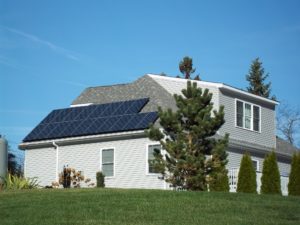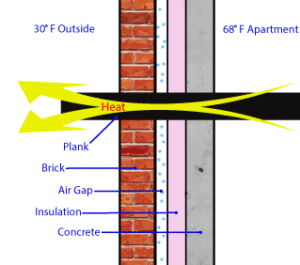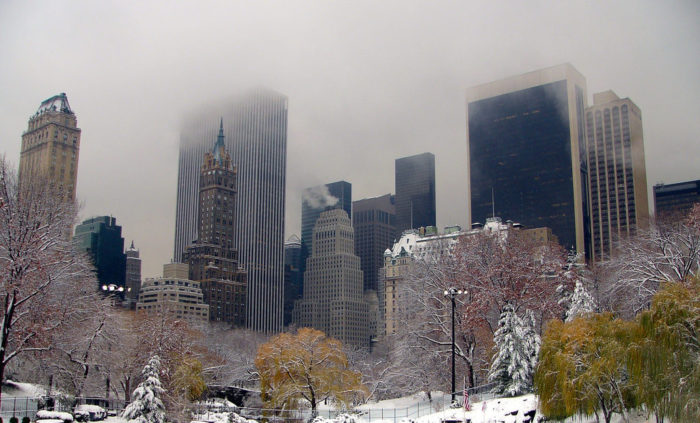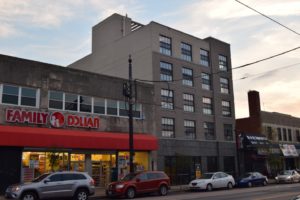- February 16, 2017
- 0 Comments
- In Residential Home Performance
- By Steven Winter Associates
 Over the last 10 years, we’ve seen great strides in the solar PV market in the United States. Between the federal tax credit and utility-sponsored incentives, the price to install PV systems came within reach of many homeowners. For others, eager to make a positive impact on the environment, power purchase agreements with solar companies and no up-front costs made it possible to utilize their roofs to generate electricity.
Over the last 10 years, we’ve seen great strides in the solar PV market in the United States. Between the federal tax credit and utility-sponsored incentives, the price to install PV systems came within reach of many homeowners. For others, eager to make a positive impact on the environment, power purchase agreements with solar companies and no up-front costs made it possible to utilize their roofs to generate electricity.
While the calculated cost-effectiveness of solar panels relies on the future price of electricity (which we can’t predict), we can confirm that they do deliver energy. In a very scientific study of exactly one home, owned by a SWA engineer, five years of generation data is available. Sure, it’s not the pretty Tesla roof, but these panels were installed back in November 2011. At 4.14 kW, with no shading and great Southern exposure, the panels were estimated to generate 5,400 kWh/year of electricity in New Haven, Connecticut (Climate Zone 5). The panels have exceeded expectations, generating on average, 6,200 kWh/year, which is roughly 70-80% of the electricity required by the 2,500 ft2 gas-heated home and its 4 occupants.






